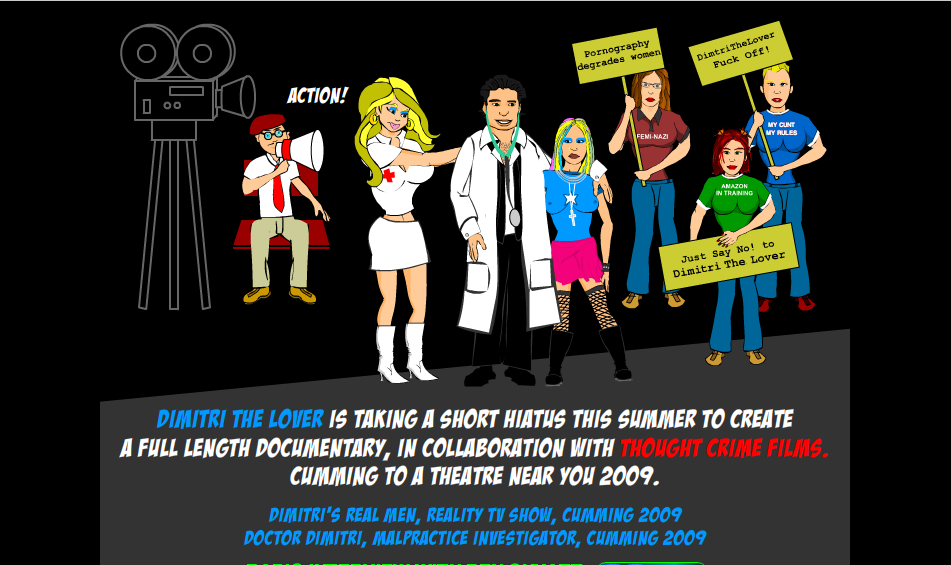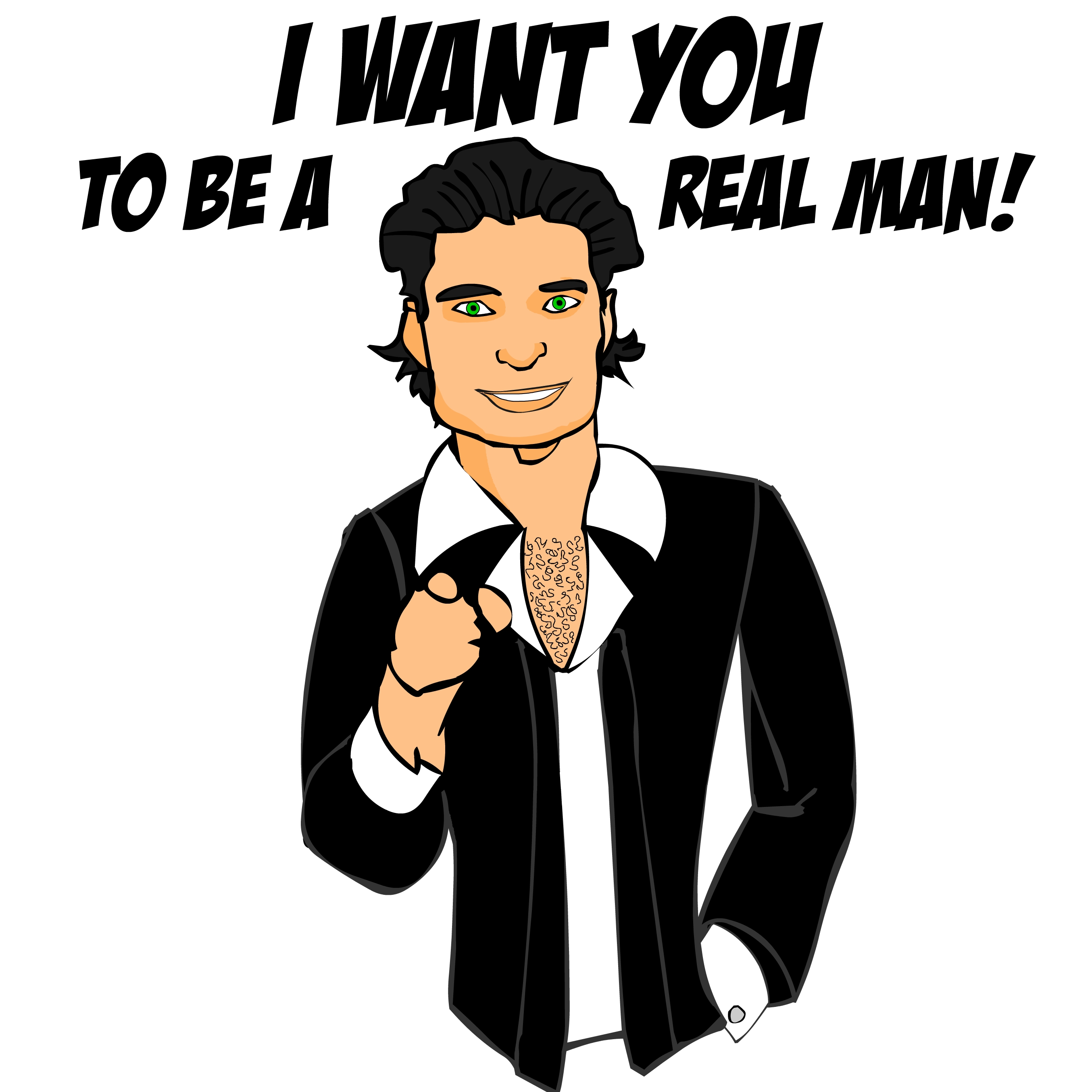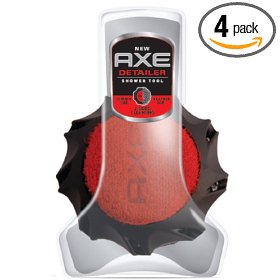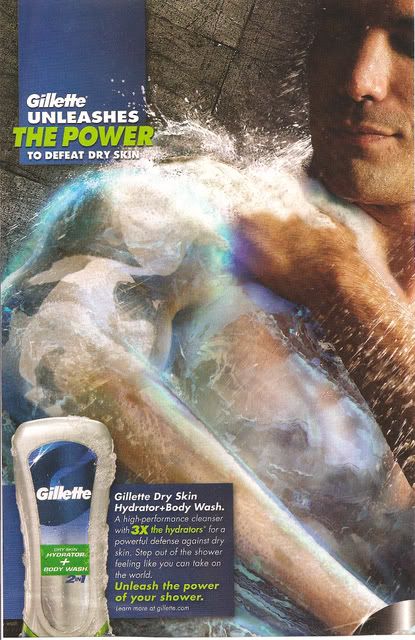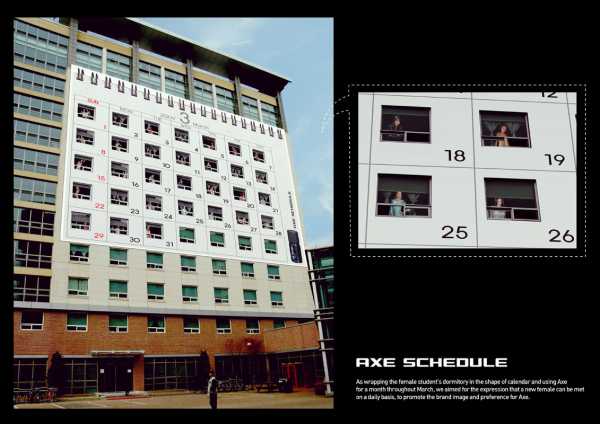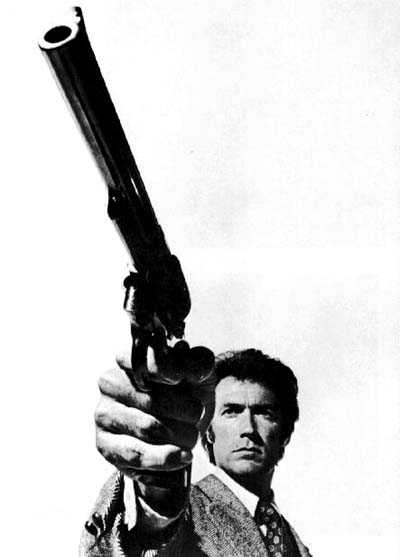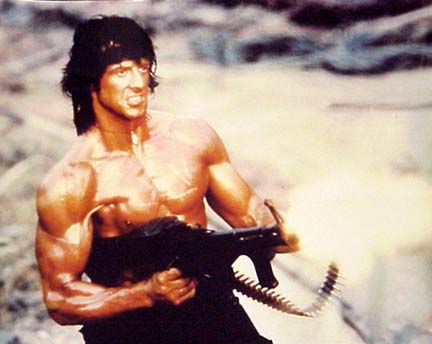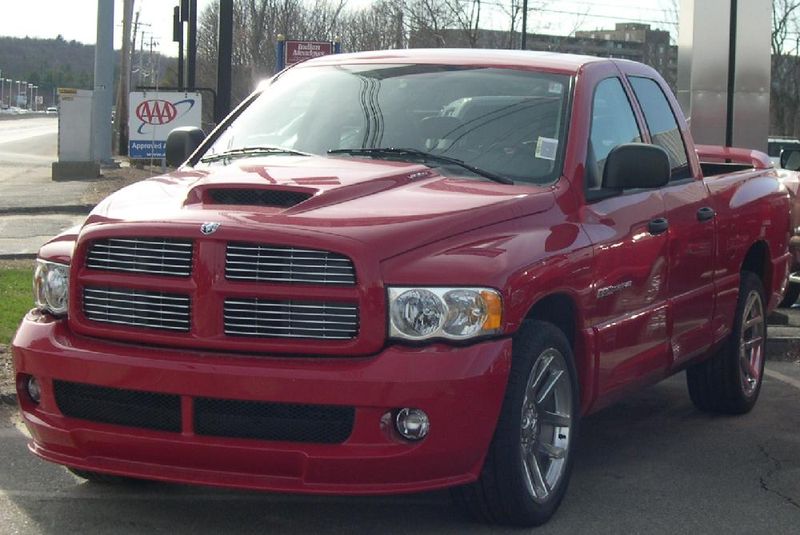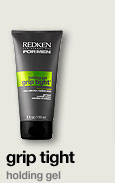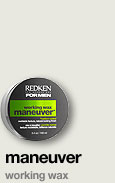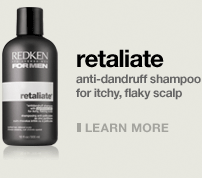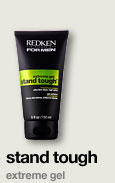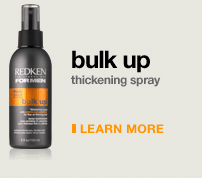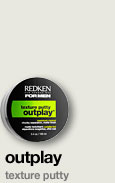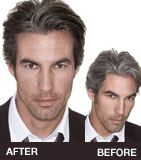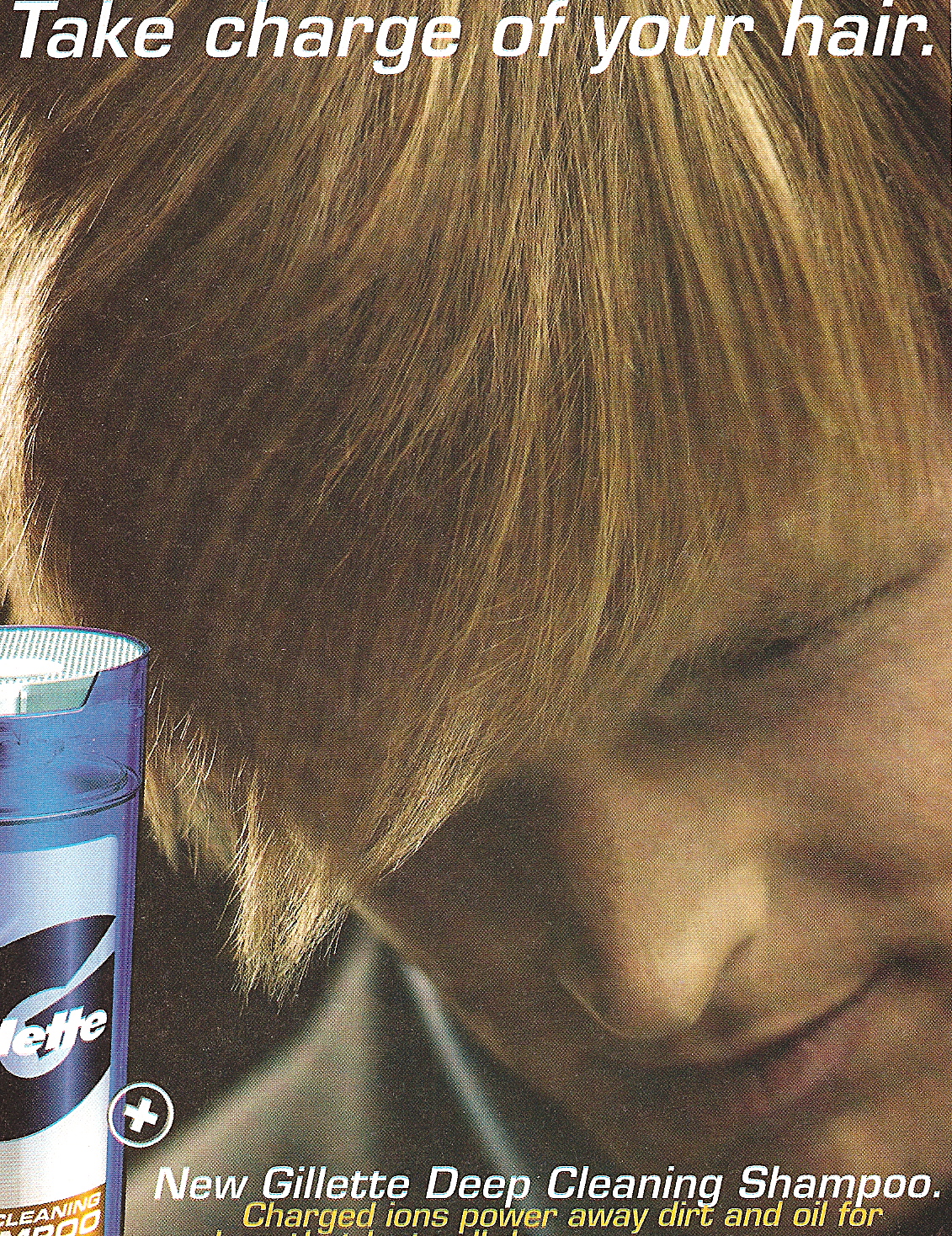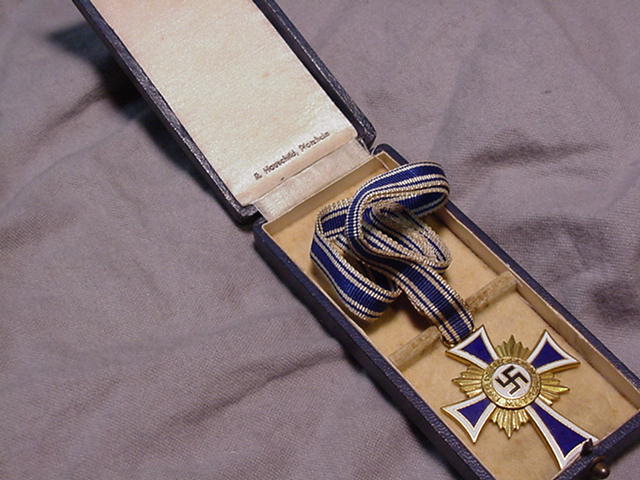Susanne T. sent in this photo she took at a gym in Bremen, Germany, of two ads for “Multipower Sportsfood,” a sports supplement of some sort:

Susanne writes:
It’s the same product for women and men, but the ad for women says what roughly translates to: ‘This way you look great.’ ‘Eine gute Figur machen’ in German means literally ‘making a good figure’. The ad for men says ‘Strong/powerful tips for your workout.’ Krafttraining means specifically working with weights. And then, of course, the woman looks sexy and flirty and the guy is made to look powerful and in charge. So the same product is supposed to make women look sexy but make men be strong.
Thanks, Suse!

